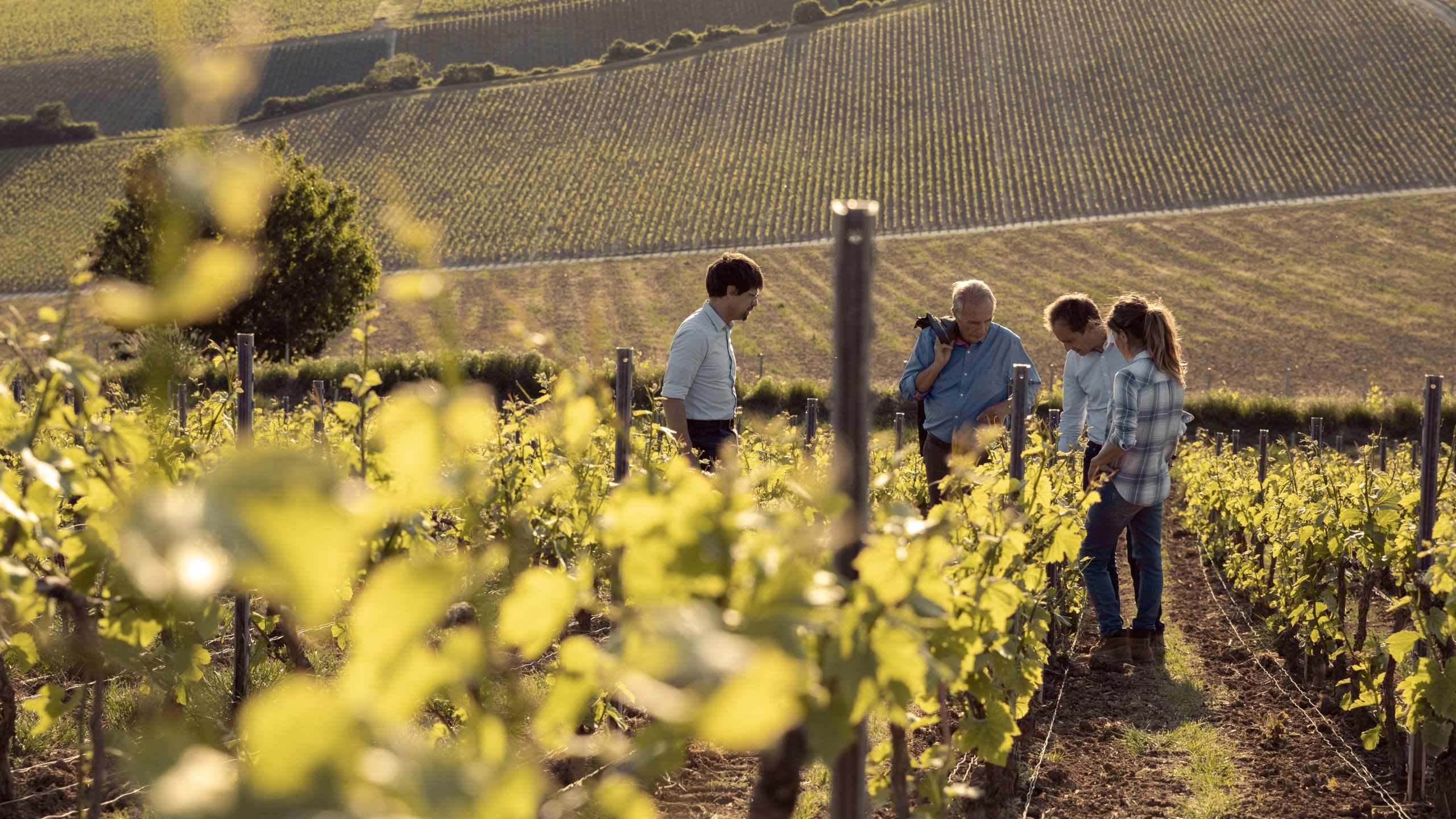DTC wine shipping slows in US as market matures
The growth of direct-to-consumer (DtC) wine shipping slowed in the US last year as the market reached maturation, a new report has found – but the average price per bottle rose.
The Direct-to-consumer shipping report, a collaboration between Sovos ShipCompliant and Wines Vine Analytics that analyses shipments from more than 10,000 US wineries, found the value of the value of the channel grew only 7.4% to $3.2 billion, compared to the 11.6% last year, with volume shipments up 4.7% to 6.6 million cases, down from 8.9% growth last year.
This follows a slow decline over the last four years, with 2016 seeing the greatest growth of 18.5%, on volumes up 17.1%. The five-year average growth was 14%, with volumes growth rate of around 13%.
However, this has largely been due to the maturation of the market, the report said, as no new states opened up to the channel. Dtc is possible across the US, except in Utah, Mississippi, Alabama, Delaware, and Kentucky.
Outperforming the market
However there were some high spots – notably in Oregon and Washington, which have consistently outperformed the Dtc market.
The data found that Oregon has seen eight years of growth. Although the average bottle price has increased by 3.6%, volumes rose 9.2%, on values up 13.2%. Since 2011, the region has seen a 393% increase in Dtc shipments, from $43 million to $212 million, and its market share has doubled in that time, to 6.6%.
Washington saw shipments rise 12.8% by volume on values up 16.1%, despite a 2.9% increase in the average bottle price, largely on the back of increased sales of red blends. However the report noted that despite being the US’s second largest wine producing state, its inaccessibility from metropolitan areas was hampering the potential of its Dtc sales.
Stagnant sales in California
The picture was considerably less rosy for the US’s largest wine producing regions. Napa continued to see an erosion of its market share, with sales below the Dtc average for the fourth year in a row, rising only 2.8% by volume. Napa represents around 25% of the volume and 45% of the value of the DTC channel, but did not see any significant growth during 2019, a trend that has been developing for the past five years, The report further pointed out that Napa had substantially increasing prices on wine – the average price per bottle shipped rose 3.4% to $69.39, but has risen a total of 19% since 2014, prompting discussions about whether price hikes in the most important wine region in America were restricting volume growth, by pricing out enough buyers to curtail growth.
Drilling down, the data found the biggest growth came from Napa Valley Pinot Noir, up 16% increase in volume shipped despite a 12% increase in the average price per bottle shipped, compared to
Partner Content
Meanwhile the other big powerhouse, Sonoma with around 29% of volume and 21% of total value, was more in line with the wider channel, up 5.8% by volume and 6.6% by value, with Cabernet Sauvignon and red blends seeing volume and value growth.
The rest of California also saw almost stagnant growth, up 1.6% by volume, on prices up 4.8%.
Larger wineries winning
Just under half of wineries operating in the Dtc channel – around 45% – have production of less than 1,000 cases, with another third (36%) producing between 1,000 and 5,000 cases a year. However, the greatest growth came from the 70 or so wineries that produce more than 500,000 cases a year, which have increased their shipments by over 500% since 2011, and now represent 15% of the total DtC volume market, up from 4% in 2011.
In terms of grape varieties, Cabernet Sauvignon, Pinot Noir, Red Blends, Chardonnay and Zinfandel still account for 60% of all DtC wine shipments in 2019, but this has fallen from 74% in 2011. The exponential growth of rose over the last five years has begun to slow to around 4%, but Syrah and Cabernet Franc showed good growth, up 14% by volume while Merlot and Zinfandel fell by 1 and 2% respectively.
Maturing market
The report concluded that “the days of 13% to 18% increases in the DtC channel are likely over for the wine industry”, with expansion likely to be driven by state of the economy, demographic trends, sales and marketing innovation, and the migration of consumers to online purchases.
It noted that any downturn in the economy – which it didn’t rule out – would have a negative impact on DtC sales without the extra buoyancy of new state markets opening up. Other factors to be considered are the impact on tourism, a major driver of the channel, of wildfires in wine-producer areas, the loosening of laws around retail-to-consumer shipments as state regulations increased compliance around Dtc shipping, it said.
For a full copy of the report, click here.




